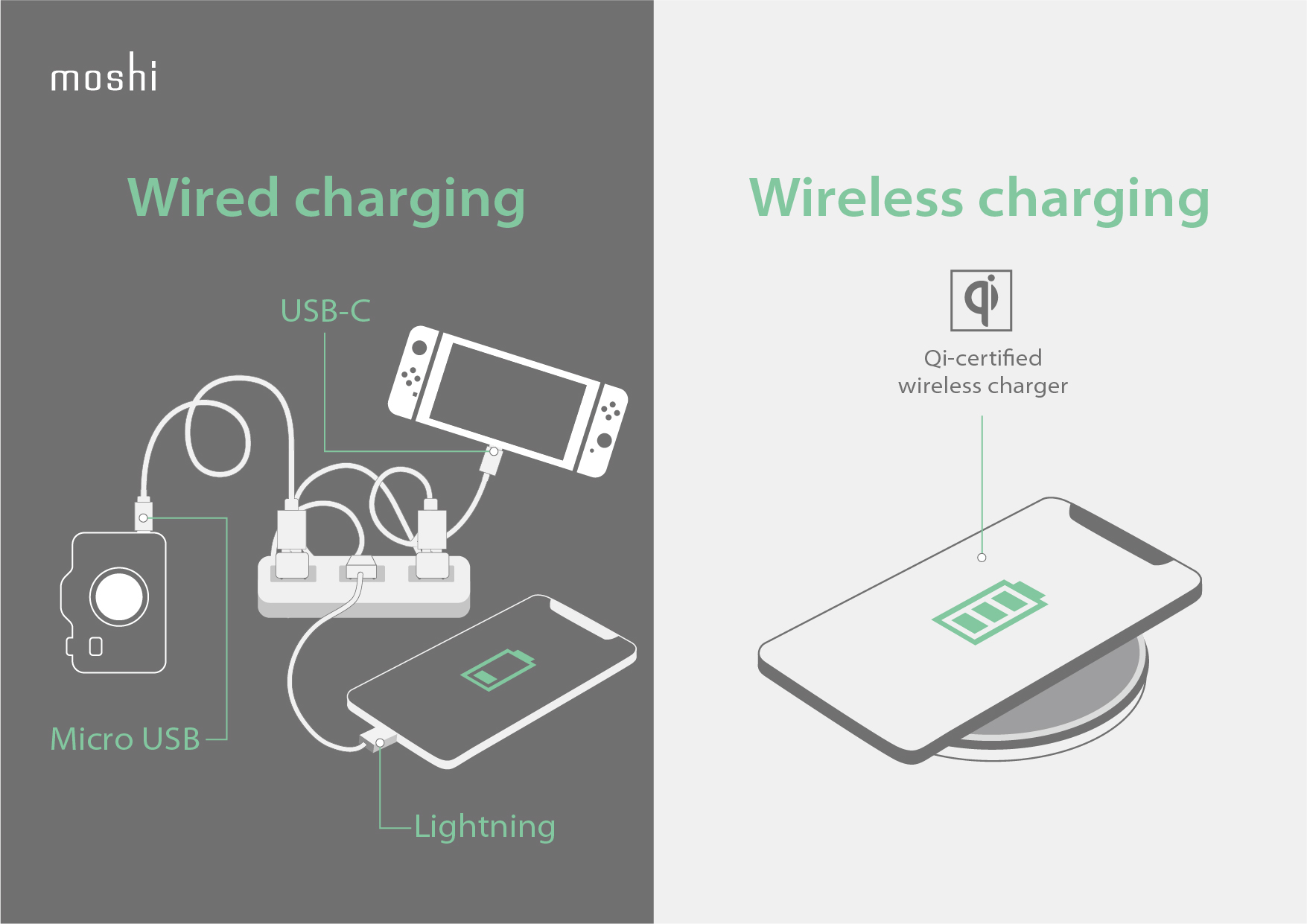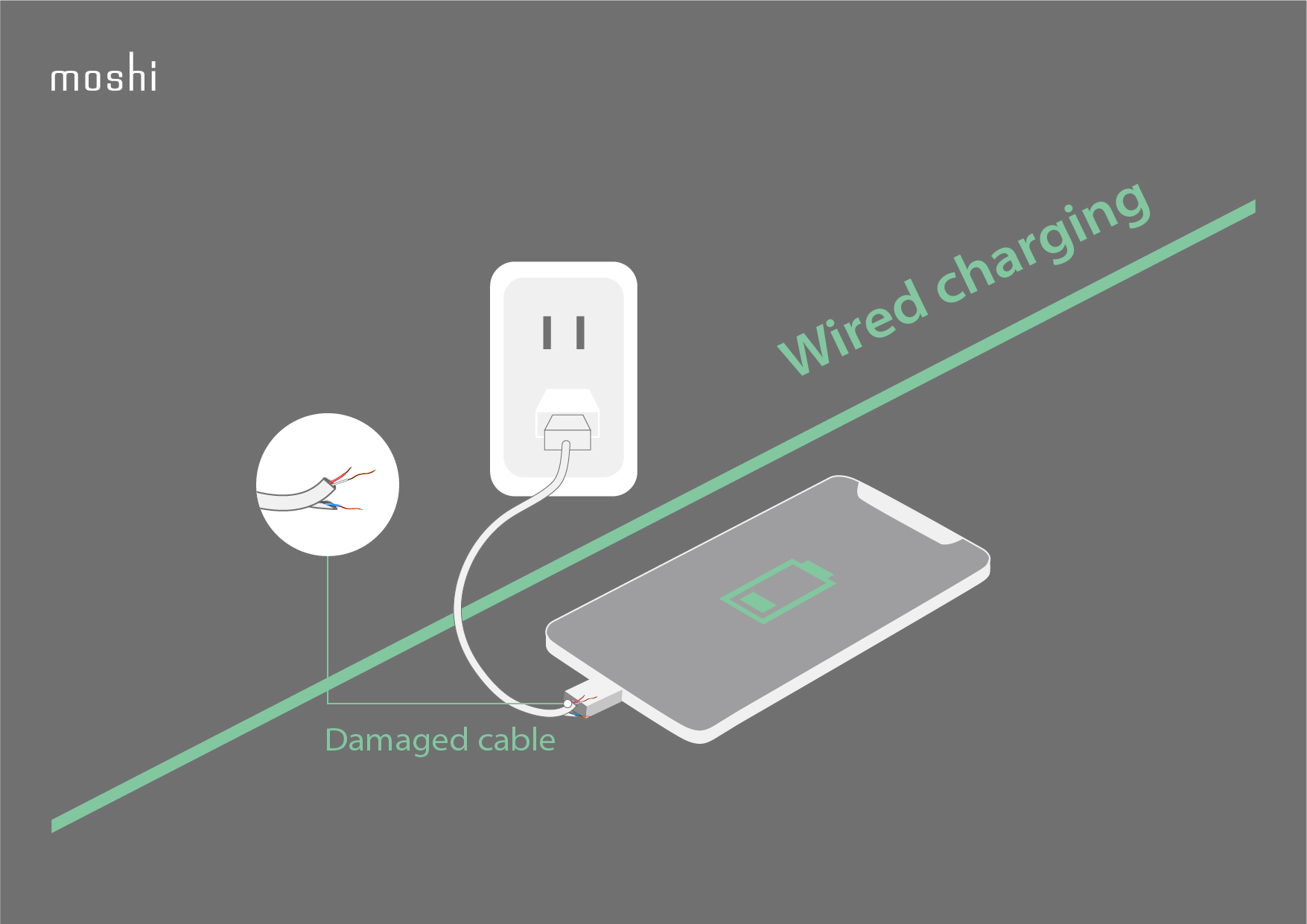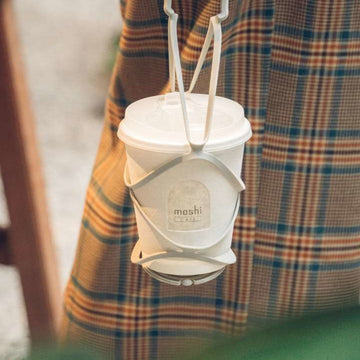無線充電終極指南
2012 年左右,當無線充電首次進入主流設備時,媒體大肆炒作。科技作家向讀者承諾,他們將能夠扔掉收集的不匹配的電纜和適配器。要充電,你可以在走過時將手機放在桌子、碗或書桌上,就像變魔術一樣。
儘管仍有一些問題需要解決,但無線充電技術仍在不斷進步。如今,可以肯定地說,方便、高效的無線充電已經到來,而且它還在變得更好。
最初圍繞該技術的炒作是否合理?隨著越來越多的消費者發現無線充電的便利性和簡單性,答案似乎是肯定的。
無線感應充電的歷史
對無線的渴望並不新鮮。自從有了實際應用以來,人們就一直在嘗試無線傳輸電力。
以下是早期無線電力傳輸的簡要時間表:

儘管取得了這些進展,但高效無線傳輸的重大障礙仍然存在。由於幾乎沒有實際應用,這項技術在接下來的 100 年裡緩慢地向前發展。但 21 世紀初行動裝置的蓬勃發展極大地激勵了研究人員重新審視無線充電。
這個龐大的無線充電新市場推動了進步,但也造成了衝突,並讓消費者感到頭痛。從 2006 年開始的幾年裡,不同的無線充電標準爭奪主導地位。
其中包括 Powermat 標準(被通用汽車、星巴克和達美航空等重量級企業採用)和無線充電聯盟 (WPC) 的Qi 標準(首先由三星、谷歌和 Verizon 等科技巨頭的支持)。
在此期間,無線充電未能實現其讓行動裝置更易於使用的承諾。大多數智慧型手機品牌僅支援一種無線充電標準(三星是一個明顯的例外)。這通常導致消費者在沒有為其設備配備自適應保護殼的情況下無法使用無線充電站。
到了 2018 年,Qi 標準勝出了。蘋果的 iPhone 8 系列是第一代支援無線充電的蘋果手機,剩下的就是歷史了。 Powermat 加入 WPC 以及 Qi 標準的廣泛採用結束了無線充電戰爭。
最後,由於每個人都遵循單一標準,無線充電變得實用。
如今,幾乎所有無線充電器都採用 Qi 標準,大多數行動裝置都支援 Qi 無線充電。許多新型智慧型手機上的玻璃背板反映了對無線充電的巨大需求(金屬背板會幹擾充電效率)。
未來,我們預計無線充電將遠遠超出智慧型手機的範圍。不久之後,筆記型電腦、廚房用具,甚至電動車都可能具備無線充電功能。
“如今,幾乎所有無線充電器都使用 Qi 標準,並且大多數行動裝置都支援 Qi 無線充電。”
無線充電如何運作?
無線充電的工作原理是電磁感應。這與那些已經存在多年的電磁爐背後的原理是一樣的。
充電器和接收設備都包含無線充電線圈。發射線圈位於充電墊內。接收線圈位於手機背面並連接到電池。
發射線圈轉換電力並發射交變電磁場。當接收線圈處於該磁場內時,它將能量轉化為電流,發送到電池。

氣的演變
氣標準(發音為“chee”)以中國生命能量流過每個生物的概念命名。
Qi 標準由 WPC 制定,定義了與充電器和設備之間的能量流相對應的各種功率規格。 Qi 還包括一個資料傳輸規範,允許設備向無線充電器請求最佳電量。

基準功率設定檔(BPP)規格支援高達5 W的功率輸出。擴展功率配置檔案 (EPP)規範支援高達15 W 的功率。 BPP和EPP都用於為行動裝置充電,但EPP由於其快速充電支援而更加先進。如需更深入的解釋,請查看我們的 部落格文章。
Qi 標準還包括中等功率規格,目前可提供 30-65 W(預計最終將支援高達 200 W)。此規格適用於廚房用具、機器人吸塵器、電動工具和無人機等大型設備。

Qi 快速充電
BPP 和 EPP 之間的差異可能看起來是技術性的,但它對您的無線充電體驗有重大影響。所有行動裝置的無線充電產品都使用BPP(最大5 W)或EPP(最大15 W),您可能會認為既然EPP 充電器可以輸出更多功率,那麼購買EPP 充電器就會自動帶來更快的充電速度。但事實並非一定如此。
行動裝置的接收功率能力是充電速度的限制因素。無論您使用哪種充電器,您的裝置都必須能夠接收7 W的功率才能進行快速無線充電。
您的手機接收功率輸出的能力由製造商預先決定。以下是幾個主要品牌的規格:
- 蘋果:7.5W
- 索尼:11W
- LG:10W
- Google:12 W*
- 三星:9 W**
*為 Pixel 5 裝置提供 12 W 充電
** 三星要求無線充電器通過額外的三星專有供電擴展(PPDE) 認證,才能提供5 W 以上的功率。充電。 閱讀更多 關於支援 Qi 無線充電的三星手機。
「您的設備必須能夠接收 7瓦 無論您使用哪種充電器,都能夠快速無線充電。
即使您的手機和充電器都支援快速無線充電,選擇錯誤的配件仍然會減慢您的速度。您的電纜和壁式適配器都必須能夠接收足夠的電量才能快速充電。例如,如果您擁有插入 5 W 壁式充電器的 10 W 充電板,您的裝置將僅以 5 W 充電,因此您將無法享受快速充電的好處。
確保您的裝置、線材和壁式充電器均支援足夠的電量以實現快速無線充電。下面是一個可行的設定範例:
- USB-C 壁式充電器(10 W)
- USB-C 轉 USB-C 電纜
- 充電板(10W)
無線充電的主要優點是什麼?
減少雜亂
無線充電的主要好處就在名稱中—無線。無線充電減少了充電線帶來的混亂。您需要的唯一電纜是充電板的電源線。

充電更輕鬆
無線充電還無需將電纜插入手機。您是否曾經將手機插入電源,幾個小時後發現電纜連接不安全,而您的手機仍然沒電?無線充電消除了這個問題。只需將手機放在充電板上,它就會立即開始充電。
設備壽命更長
無需重複插拔電纜,意味著手機充電埠的磨損更少。由於充電埠是行動裝置的常見故障點,因此您的手機的使用壽命可能會更長。
無電纜相容性問題
沒有充電線還意味著您可以告別科技愛好者的永恆問題——連接器不匹配。無需再擔心手邊沒有 Lightning、USB-C 或 Micro USB 連接線。所有 Qi 裝置均可在所有 Qi 充電板上使用。
減少電子垃圾
減少電子雜亂的好處遠遠超出了您個人的整潔程度。目前缺乏通用的有線充電標準導致大量不必要的電子垃圾。無線充電的廣泛採用可以幫助解決這個問題。
目前,大多數 Android 裝置使用 USB-C 端口,而 Apple 裝置僅使用 Lightning 連接器。這意味著要從 Android 切換到 Apple,反之亦然,您需要購買新的充電線(也許需要新的轉接器)。不幸的是,您的舊電纜和適配器很可能最終被扔進垃圾掩埋場。
充電電纜可能很小,但電子垃圾問題很小。

2020 年 1 月,歐洲議會投票通過新法規,為歐盟手機製造商建立通用充電標準。歐盟聲稱,就共享充電器標準達成協議將消除充電器混亂和每年 5,000 萬噸電子垃圾(每名居民 16.6 公斤)。
在減少電子垃圾方面,無線充電處於領先地位。 Qi無線充電已經實現了通用充電標準。 Apple、Android 和 Google 均支援 Qi 標準,使其成為當今最可靠的充電標準。
更安全的充電產品
隨著越來越多的用戶採用無線充電,標準化充電器的額外優勢將變得顯而易見。市面上的充電產品品質要提高,假冒偽劣充電器的銷售量就少一些。這將為全球用戶保證更高水準的安全。
關於無線充電的 6 個誤解
儘管無線充電取得了進步,但仍有許多人對無線充電表示擔憂。這些擔憂大多是過去無線充電時代的遺留問題,當時標準還沒有那麼完善。
以下是一些最常見的神話和誤解。
1.無線充電速度慢
這種誤解可能可以追溯到無線充電的 5W 天。那時肯定很慢。但如今的快速無線充電板可以提供 10 甚至 15 W 的功率,這與有線充電一樣快甚至更快。
2.無線充電效率低
電流與電磁場之間的轉換不會造成顯著的效率損失。無線充電時,您可以恢復高達 80% 的輸入功率,但請確保您的無線充電器採用高效的線圈設計。未經認證的廉價無線充電器往往使用劣質材料和組件,這會影響效率。
3.無線充電有危險
有些人認為無線傳輸的能量可能對您的身體有害。然而,磁感應僅在很短的距離內起作用。距離僅 4 厘米,您完全不會受到任何潛在的輻射影響,而且充電板不會持續發射電磁輻射。除非手機放在充電板上,否則經過 Qi 認證的充電器不會產生充電磁場。

4.無線充電會使手機電池過熱
所有充電(有線和無線)都會產生一些熱量,但可靠的電氣工程可以將熱量保持在足夠低的水平,以防止電池損壞。這就是為什麼從信譽良好的品牌購買無線充電器非常重要。了解為什麼 Moshi 的 Q 線圈技術可以讓您的裝置保持涼爽,並被評為世界上「最快的無線充電器」。

5.頻繁無線充電會降低手機電池壽命
一般來說,充電不會影響電池壽命,而且無線充電實際上可能比某些快速充電電纜更安全。與有線充電相比,Qi 無線充電器使用的電流更低,從而創造了更穩定的充電場景。無線充電器還可以讓您全天輕鬆補充電池電量。透過在不使用時將手機放在附近的充電板上,可以防止電池電量降至 50% 以下,這可能會延長電池的整體使用壽命。


6. 過夜無線充電會損壞手機
對許多人來說,過夜是最方便的充電時間。然而,有些人擔心在睡覺時充電可能會導致過度充電和潛在的電池損壞。幸運的是,這不是我們需要擔心的事情。智慧型手機電池具有充電控制系統,一旦電池充電至 100%,該系統就會立即斷開電池與充電器的連接。無論手機在充電器上放置多久,它都會保持充電電流截止狀態,不會有過度充電的風險。這適用於無線和有線充電。
無線充電的未來
無線充電有著廣闊而光明的未來。越來越多的製造商在他們的手機中支援 Qi 標準,週邊設備製造商也在為更多設備添加 Qi 充電功能。
隨著充電技術的進步,為智慧型手機無線充電可能會變得更加容易。谷歌和三星等製造商現在在某些型號上支援反向無線充電,這使得手機可以為其他手機和耳機等小型裝置進行無線充電。
充電板本身可能會進行改造。顯示器和滑鼠墊等一些設備現在整合了無線充電功能。 Moshi 的 SnapTo 系列等新配件具有直接內建於安裝座中的無線充電功能。就連家具製造商也參與其中,打造支持 Qi 的桌子和書桌。正是這種創新讓人們對無線充電首次出現時感到如此興奮。
想知道更大的設備何時會切斷電源線?這已經發生了。
2017年6月,戴爾推出了全球首款可以利用磁振造影充電技術進行無線充電的筆記型電腦。預計未來幾年將會有更多製造商推出支援無線充電的筆記型電腦。
厭倦了在插座附近為您的快鍋、電鍋或食物處理機尋找櫃檯空間?很快你就不需要了。 WPC 即將推出的Ki Cordless Kitchen 標準將以無線方式為廚房電器提供高達 2200 W 的功率。

說到無線充電,未來終於到來了。現在是採用這項有前途的技術的最佳時機。
了解更多:Q-coil 技術
Moshi 的 Q-coil 無線充電模組採用多層散熱器設計,可增強被動式冷卻。與使用入門級組件製成的廉價無線充電器不同,Q 線圈充電器即使在快速充電時也能保持涼爽。

這些是使這成為可能的一些高品質組件和材料:
- 我們的充電線圈模組採用高純度銅線和優質鐵氧體片,提高充電效率並降低溫度。
- 低電阻DC/DC電源轉換器可提高轉換效率並調節電路板的溫度。
- 特殊的多層散熱器將充電器的熱能向下散發,減少充電器和手機之間的熱傳遞。
- 內建過壓、過流、過溫保護電路,讓充電過程更加安全。
- Qi 認證確保充電相容性、可靠性和安全性。
透過我們的網站了解有關 Qi 無線充電規範的更多信息 Qi EPP 便利指南,或查看我們的 Q Collection 經過 Qi 認證的無線充電器。
樣本塊報價
Praesent 前庭 Congue Tellus 位於 fringilla 處。 Curabitur vitae semper sem, eu convallis est. Cras felis nunc commodo loremous convallis vitae interdum non nisl。 Maecenas ac est sat amet augue pharetra convallis nec danos。
範例段落文本
Praesent 前庭 Congue Tellus 位於 fringilla 處。 Curabitur vitae semper sem, eu convallis est. Cras felis nunc commodo eu convallis vitae interdum non nisl。 Maecenas ac est sat amet augue pharetra convallis nec danos dui。
Cras suscipit quam et turpis eleifend vitaemalesuada magna congue。 Damus id ullamcorper neque。 Sed vitae mi a mi pretium aliquet ac sed elitos。 Pellentesque nulla eros accumsan quis justo attincidunt lobortis denimes loremous。懸停在 lectus volutpat 中的前庭 lectus,ut dapibus purus pulvinar。前庭坐 amet auctor ipsum。







AsthmaFree Pharmacy: rybelsus 3mg tab – AsthmaFree Pharmacy
lasix dosage lasix generic name or buy lasix online
https://www.livecmc.com/?lang=fr&id=Ld9efT&url=http://fluidcarepharmacy.com/ furosemide 40mg
furosemida 40 mg furosemida 40 mg and furosemide lasix
lasix tablet: lasix 40 mg – lasix for sale
starting dose for semaglutide AsthmaFree Pharmacy AsthmaFree Pharmacy
lasix generic: furosemide 40mg – lasix pills